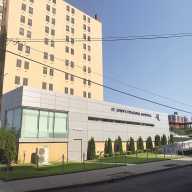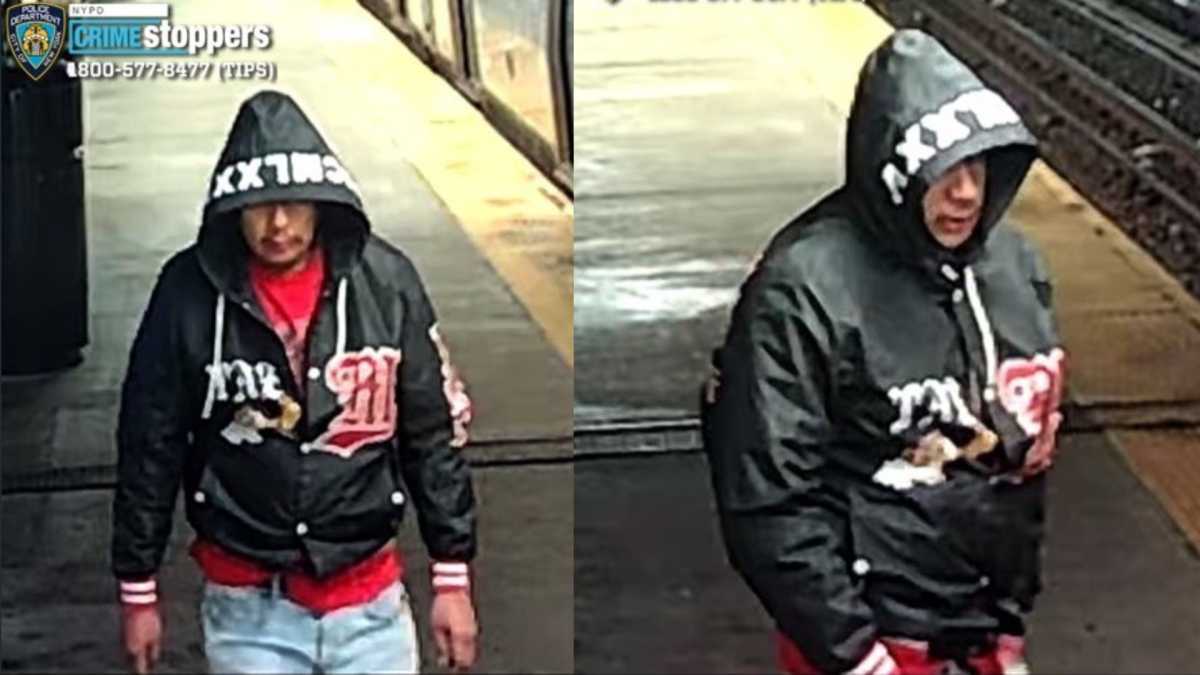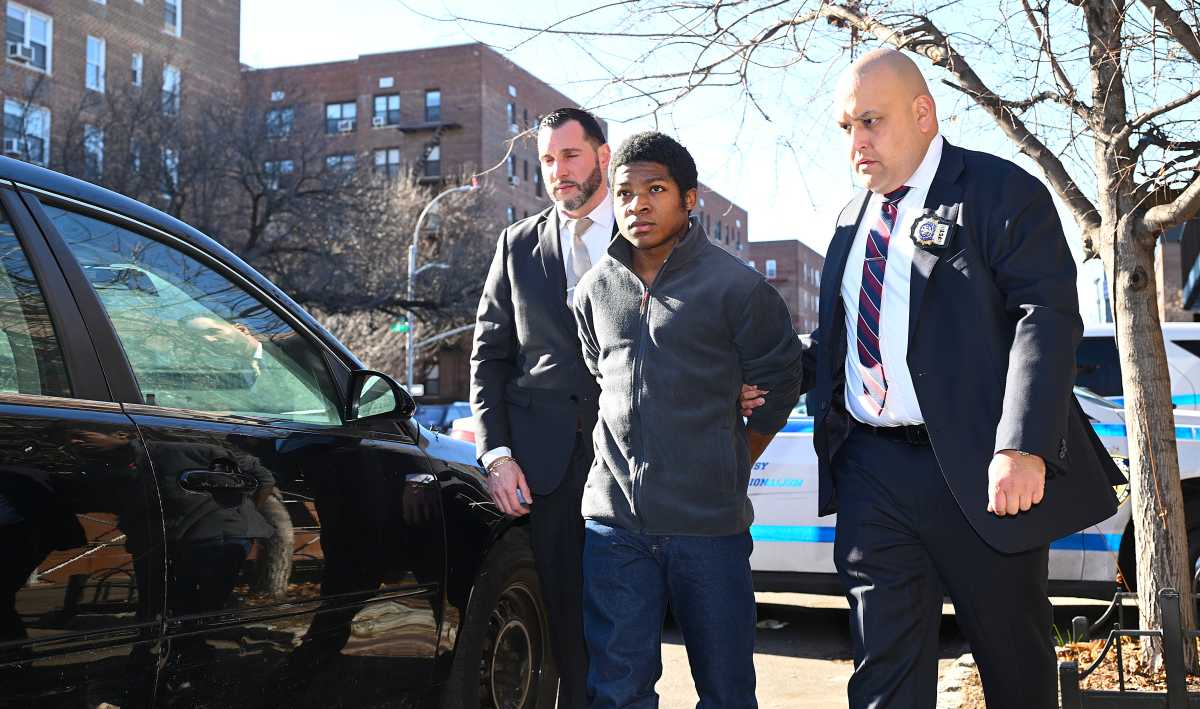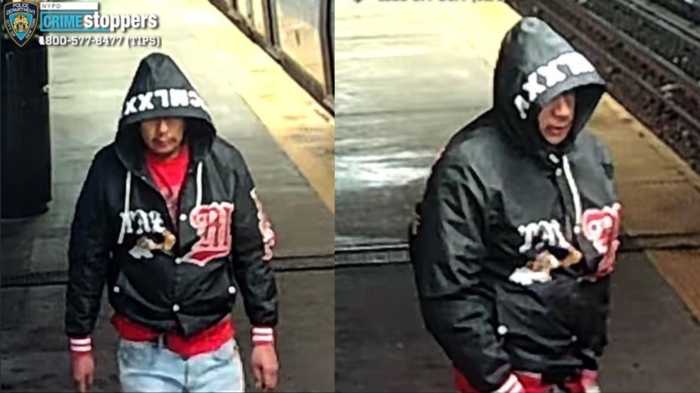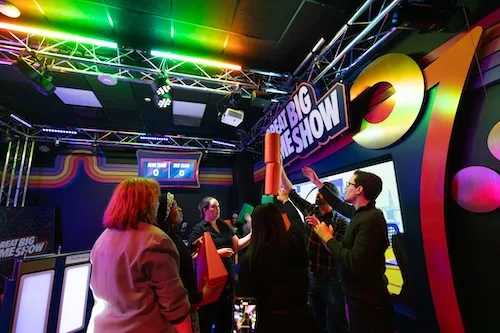Read Related Article #1: What is being done today
Read Related Article #2: QCC Holocaust Resource Center
Read Related Article #4: Survivor Profile: Eva Kessner
Read Related Article #5: Tracing history: DNA Shoah Project seeks to reconnect kin
Read Related Article #6: 60 years from now: Maintaining the legacy of the Holocaust
Read Related Article #7: Survivor profile: Ethel Bauer Katz
Read Related Article #8: More resources on the Holocaust
Read Related Article #9: About the “Legacy of the Holocaust” series
Steven Berger was 16 years old when the German army came through his home country of Hungary in 1944.
“I was a Hungarian citizen. We spoke only Hungarian at home,” Berger said. “My father served in the Hungarian army in World War I. We were Hungarian citizens of Jewish religion.”
First, Berger’s school was closed. Then, he had to start wearing a yellow star when out in public. Before long, he also couldn’t go to the library or use public transportation.
The Jews of Berger’s city were put into a ghetto, allowed only to take a knapsack of belongings. Berger, his mother, and 12-year-old sister were all taken to the ghetto.
Berger said that getting food was always a major concern. At times he and some friends snuck out to get food.
On June 2, 1944, American bombers conducted their first air raid in that town, targeting a railway station and hitting German trains. S.S. troops came into the ghetto and got all able-bodied men to assist with the clean-up. As the men worked, the troops beat them.
“My job was to pull bodies out from the rubble, bring them into the makeshift morgue and put body parts together because sometimes an arm or a leg was missing,” Berger said. “I did the job because I was forced to do it. After the day was over, I was so bloodied that I didn’t know if it was my own blood or the blood of the bodies I was carrying.”
When taken out of the ghetto, Berger and his family were next taken to a concentration camp, arriving after a three-and-a-half day trip on a crowded cattle car. In 1944, Berger was selected to work at a factory in Vienna, and was able to take his mother and sister with him.
“By April 1945 we started to hear big guns in the distance,” Berger said. “We knew that the Russians were coming closer and closer.”
As it came time for liberation, Berger suggested to his mother that they leave the factory before the S.S. found them and killed them. They found refuge in an apartment building next door in the basement that doubled as an air raid shelter. Berger hid his mother and sister in a storage cubicle and then sat on a bench with the building’s tenants.
When an S.S. officer knocked on the door and asked if there were any war deserters or Jews in the basement, a tenant replied that there were not. Upon leaving the building, they discovered that the reason the officer didn’t come in and check was because he had been shot.
“It’s not what I did or didn’t do,” Berger said. “It was pure luck that we survived.”
Berger said that 26 members of his mother’s side of the family, including his grandparents, aunts, and uncles, died in Auschwitz. No members of his father’s side of the family survived the war.
Berger said that his experiences during the Holocaust have made him less trusting. He also said that it has influenced him to closely follow politics in not only the United States but all around the world.
“I have three children. They’re all grown up and married now,” Berger said. “When they were growing up I didn’t talk to them too much until they were in high school. They know what happened to me … I’m very satisfied that when I leave this world, at least somebody I know listened and learned something from my experience.”









